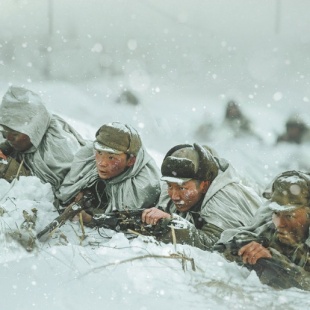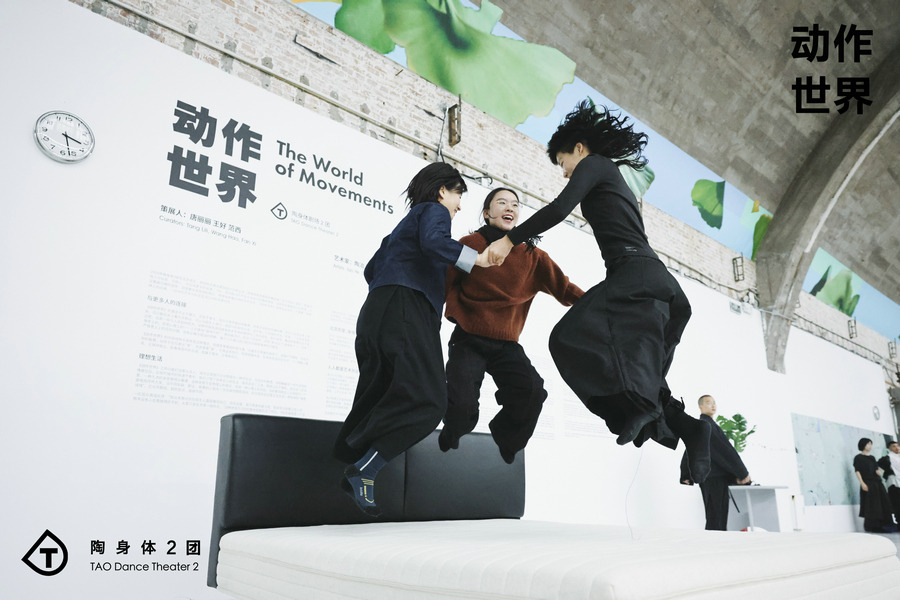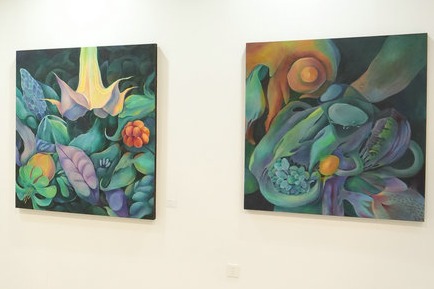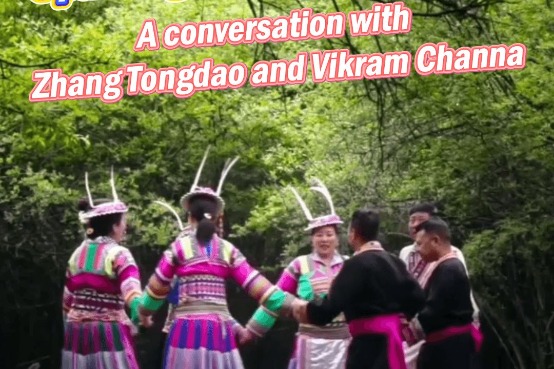Re-creating a miracle
The filming of Crossing the Yalu River, both the movie and TV series, was epic in its scale and endeavor, doing justice to the heroes they depict, Xu Fan reports.


It took Director Dong Yachun more than a year to research the Chinese People's Volunteers in the War to Resist US Aggression and Aid Korea (1950-53) for his project Crossing the Yalu River, a 40-episode TV series and a 150-minute film.
"If I pile up all the books that I have read, it might reach the height of an adult," says the veteran filmmaker, stretching his hands to indicate the height just such a "pile "might achieve, during an interview with China Daily earlier this month.
One year on from the first run of the TV series, which has obtained a score of 8.5 points out of 10 on the popular review aggregator Douban, the film-shot simultaneously with the series-was released domestically on Dec 17.
The first feature-length drama presented by China Media Group, the country's largest broadcaster, the movie unfolds from the perspective of Peng Dehuai, commander-in-chief of the Chinese People's Volunteer forces, to chronicle the five most pivotal campaigns fought on the Korean Peninsula. Each of the five campaigns has a 3D-animated map to show the Chinese strategy.
From the battle on Songgu Peak, where Chinese soldiers, vastly outnumbered 20-1, stopped the enemy advance, to the frozen battlefield at Lake Changjin, also known as Chosin Reservoir, the epic film recounts how the fearless Chinese People's Volunteers "created a miracle" to assist the Democratic People's Republic of Korea and, at the same time, safeguard the newly founded People's Republic of China, says Dong.
Aside from filming the major scenes, which were shot simultaneously with the TV series in Beijing and Tianjin, as well as Hebei, Heilongjiang and Liaoning provinces, it took several months to add heavy visual effects to the movie, which account for 60 minutes, or 40 percent, of all the scenes.
"At the very start, we decided to shoot a movie and a TV series at the same time. But the movie's perspective is more international and its scale is bigger," says Dong.





































